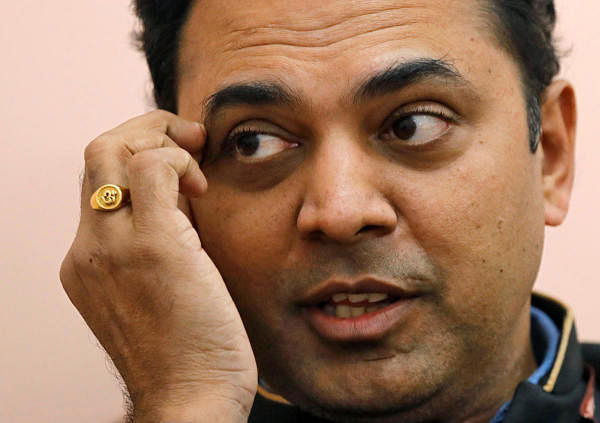
Don’t judge a book by its cover, so goes the conventional wisdom. Economic Survey -- the annual pre-budget document that details the macroeconomic picture before the nation -- has been asking us to do the opposite for the last couple of years. The last economic survey (2017-18) was adorned with pink covers which symbolised the focus of policymakers on women empowerment. This year, the cover of the survey is sky blue which symbolises the power of ‘unfettered thinking’.
However, moving past the cover and reading the actual survey -- for the uninitiated, it is the second volume which contains the analytical chapters -- we find that the sky is slightly less blue than what the policymakers would like us to believe.
According to the survey, in FY 2019, economic growth (GVA) has decelerated to 6.6 per cent compared to 6.9 per cent in the FY 2018. Deceleration is slightly more pronounced in volume based indicators like Index of Industrial Production (IIP) which grew by a meagre 3.6 per cent. The growth in electricity generation, a reliable proxy for the overall economic activity, too has further slowed down.
One positive development in the last year has been a moderate revival of the gross capital formation, which inched up to 32.5 per cent of GDP, though lower saving rate continues to remain a headache for the policymakers. While the revival of the capex cycle is a positive development, the consumption slowdown remains a drag on the growth.
The Survey attributes the slowdown in consumption expenditure mainly to the travails in the Non-Banking Financing Companies (NBFCs) which affected the credit extended for purchasing vehicles, lowering the demand for automobiles. However, anecdotal evidence raises the possibility that the consumption slowdown is broad-based and even affecting the top line of non-durables (the so-called fast-moving consumption goods).
General Government Fiscal Deficit (the combined fiscal deficit of the centre and the states) is estimated to come down 5.8 per cent of the GDP. The survey notes a number of potential downsides to the fiscal consolidation path which includes: Growth slowdown which will have implications for tax collection; revenue shortfall in GST collection; probable US sanctions on Iran which would affect the price of crude; and the future recommendations of the Fifteenth Finance Commission.
However, the survey leaves out the proverbial elephant in the room: Borrowings by public sector units. The broader measure of the claim of the government on the financial resources -- Public Sector Borrowing Requirement (PSBR) -- has not even been reported in the survey.
Current Account Deficit (CAD) is estimated to be 2.6 per cent of the GDP. Seemingly, this is breaching the comfort level only slightly. However, the persistent CAD in a slowing economy is not a good omen.
Inflation is the only macro parameter which remains comfortable to policymakers, though the Wholesale Price Index (WPI) has shown a modest increase. Headline Consumer Price Index (CPI) is well within the target range of monetary policy.
While general inflation seems to be under control, sectoral prices are showing worrying signs, especially in the service sector. Housing, education and health continue to show a high increase in prices. These point towards sectoral problems that need to be addressed by the respective ministries.
In sum, the survey presents a picture of a cooling economy. Among the internal engines of growth, private consumption is decelerating and investment is increasing only modestly. And on the external front, a number of uncertainties loom large, ranging from the trade war to actual war in the middle east. The saving rate continues to be low, probably reflecting the financial repression. The Economic Survey has diagnosed the problems afflicting the Indian economy. It would be instructive to watch the measures taken in the budget to deal with them.
(Avinash M Tripathi is Associate Research Fellow (Economics) at Takshashila Institution)
The views expressed above are the author’s own. They do not necessarily reflect the views of DH.